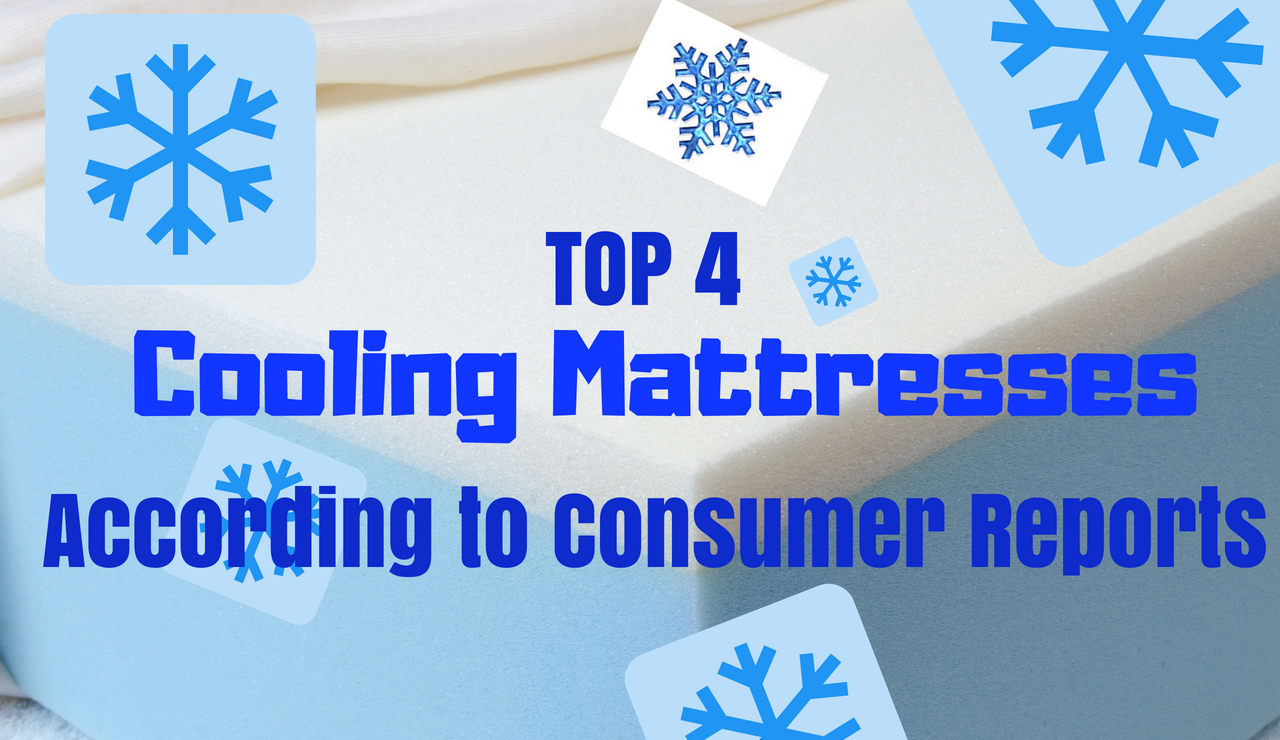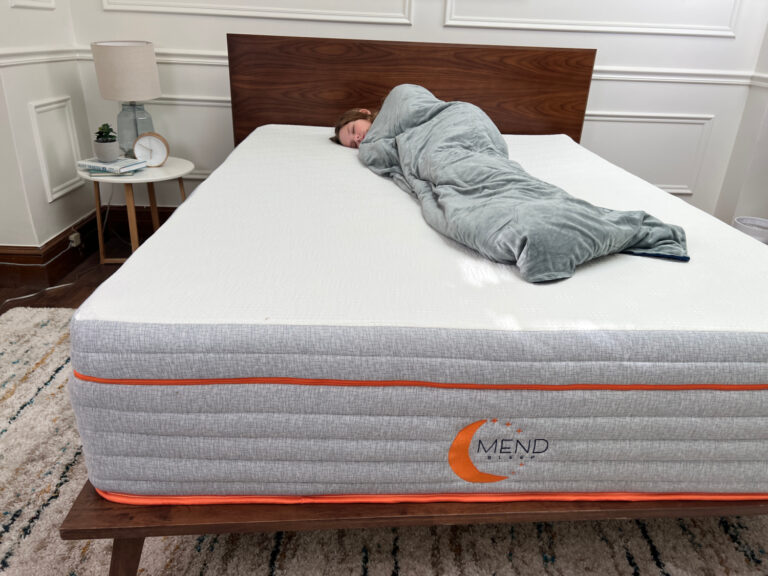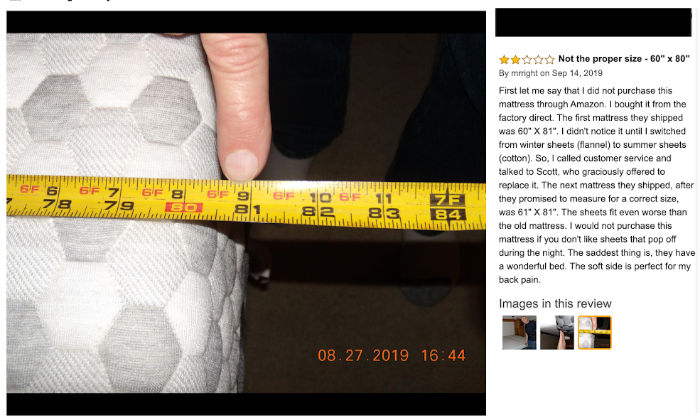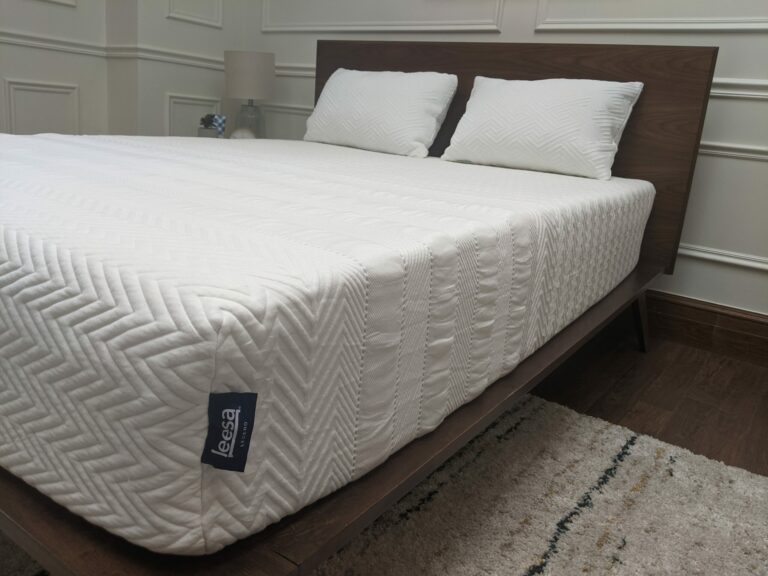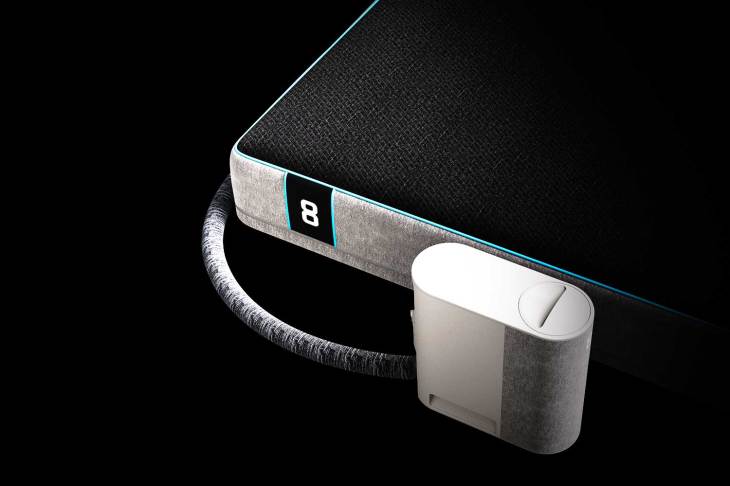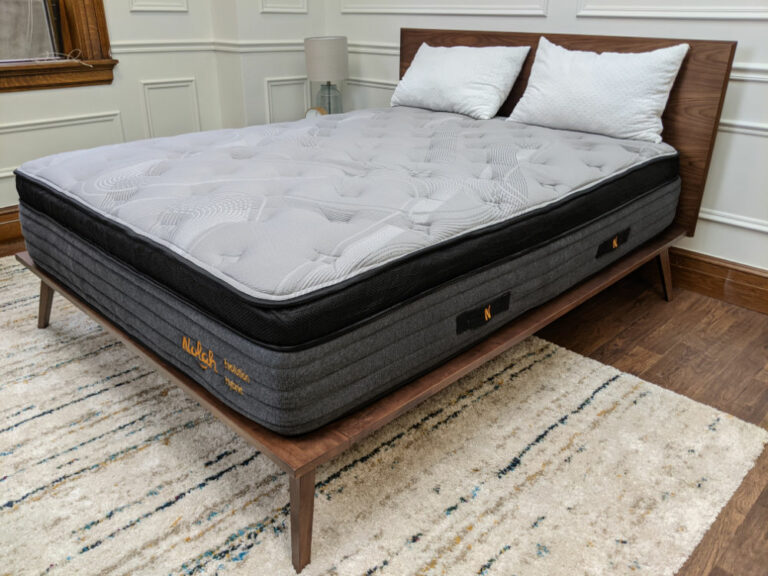Which Mattresses Sleep Coolest? Top 4 Consumer Reports Picks
Consumer Reports recently answered a question we’ve had for years – what’s the best mattress to sleep cool?
So far, we’ve seen a lot of promises but not a lot of performance when it comes to cooling products. Except for the Bed Jet, which blows cooler air into your bed, we don’t find many cooling products that work.
Even special fabrics or cooling gels haven’t given us great results (but a higher price tag). That goes for pillows, sheets, mattress protectors, and mattresses. So rather than a cooling mattress or cooling mattress cover, you should focus on finding one that doesn’t sleep hot! In other words, on that’s temperature neutral.
Foam, especially memory foam, softens when it gets warm. Then you sink in. It traps your body heat, and the temperature rises. Generally speaking, the softer or more plush or, the more memory foam you have, the hotter you’ll sleep. Even people who normally sleep cold will find themselves getting sweaty.
Best Mattress to Sleep Cool?
We know this isn’t a comprehensive test, but Consumer Reports came out with a list of the mattresses that trapped the least body heat. One of them is an Unbox Mattress top pick – Purple!
- Sleep Number c2 Adjustable Air Mattress
- Purple Mattress (the original was tested – the new Purple mattresses should be just as cool or more as they have springs and the breathable polymer layer – read our Purple bed review.) The fact that Purple isn’t a solid surface on top and that there’s no memory foam at all in it makes it sleep cooler than any mattress we’ve tested.
- Duxiana Dux 1001 Innerspring Mattress
- My Green Mattress Natural Escape
As Purple states on their website: Most mattresses don’t breathe. Memory foam, latex, and even foam with “cooling” gel beads are hot because there is no place for air to flow.
Other materials are either completely solid or have very small airways that allow for little ventilation. Air doesn’t sleep hot (but may be uncomfortable in other ways).
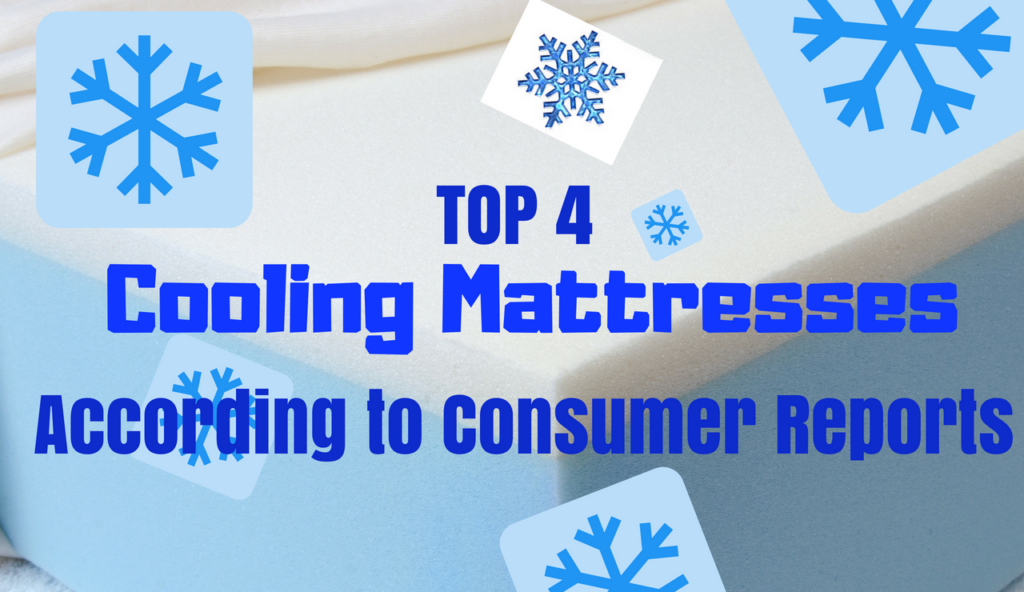
How The Beds Were Tested
Consumer Reports put a copper plate on a mattress in a temperature-controlled room. “The plate is insulated on all sides except the one that comes in contact with the mattress. Then we run an electrical current through the plate”. Then they measured how much energy the copper plate uses to maintain a temperature of 98.6 degrees Fahrenheit (close to people’s average body temperature).
“If a mattress dissipates heat well, more energy is needed to maintain that temperature, but if the mattress retains heat, less energy is used,” – Consumer Reports
The 10-hour test looked at how much energy was used.
Beds that Sleep Warmest
Consumer Reports also looked at the worst performers – the mattresses that slept the warmest. Stay away from them if you want to sleep cool! Interestingly, Sleep Number beds made both lists! That goes to show that the materials used makes a big difference! Also, note that no boxed brands made the list (even though boxed brands are usually all foam).
- Sleep Number 360 i8 Smart Bed Adjustable Air Mattress
- Sleep on Latex Pure Green Firm Foam Mattress
- Sleep Innovations’ Marley Foam Mattress
- Charles P. Rogers St. Regis Pillowtop Innerspring Mattress
What materials should you avoid if you want to sleep cool? Soft memory foam. Gel helps cool it down at first. Special fabrics can help. But over time, your body heat will kick in, and the mattress will sleep warm. Some mattresses are worse than others, but overall, if you sink in, you create heat with nowhere to go.
“You’re more likely to sleep warm on a foam mattress, compared with a hybrid innerspring, which we define as several inches of foam layers over metal springs. Despite having a layer of cooling gel foam, a larger percentage of foam models still retain warmth.”
Is your mattress too hot? It might be time to switch. Let us know if you’ve ever found a cooling mattress that works!

